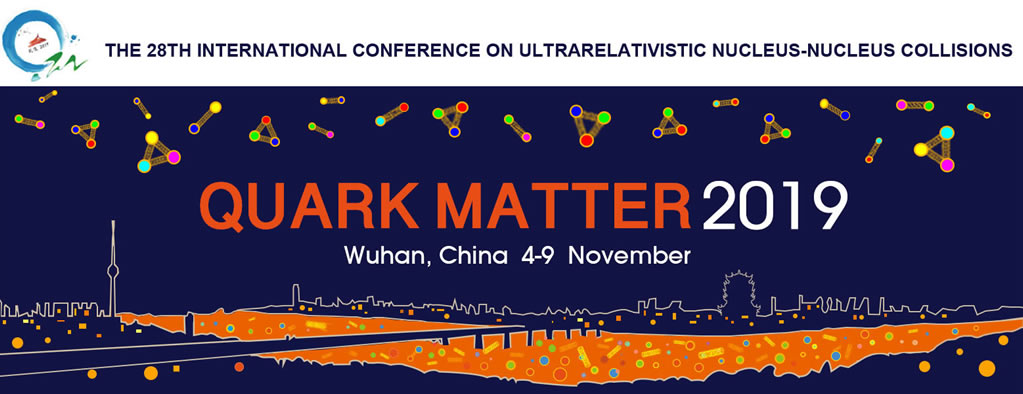Speaker
Description
The study of light flavour (u,d,s) hadron production plays an important role in understanding the dynamics of the strongly-interacting system created in nucleus-nucleus collisions, the
Quark-Gluon Plasma (QGP). Historically, it has been assumed that no QGP is formed in small collision systems, but this paradigm is challenged by the observation of collective-like behaviour and strangeness enhancement in high-multiplicity pp and p-Pb collisions. Exploiting its optimal particle identification capabilities, the ALICE experiment is able to measure pion, kaon (anti-)proton, strange and multi-strange hadron production in a wide transverse momentum range. We report on the study of the light-flavour hadron production as a function of multiplicity in pp and p-Pb collisions in ALICE, showing results which
suggest qualitatively similar mechanisms in play in Pb-Pb collisions and high-multiplicity pp or p-Pb ones. These results are compared to statistical hadronisation models and
Monte Carlo predictions to shed light on the hadron production mechanism in small systems.
